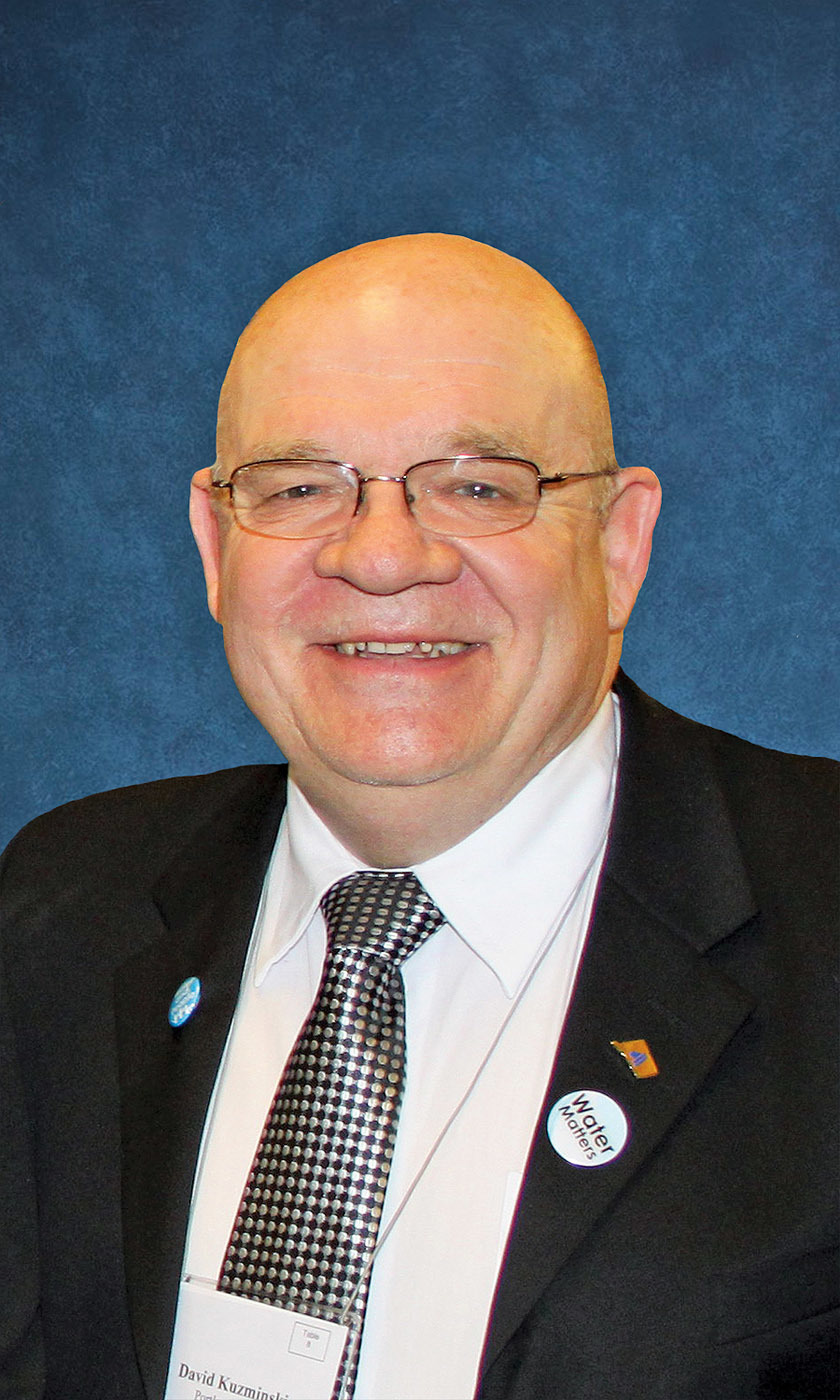Building a Younger Workforce
Connecticut water utility program immerses high school students in career opportunities
Popular Stories
Discussion
Comments on this site are submitted by users and are not endorsed by nor do they reflect the views or opinions of COLE Publishing, Inc. Comments are moderated before being posted.






